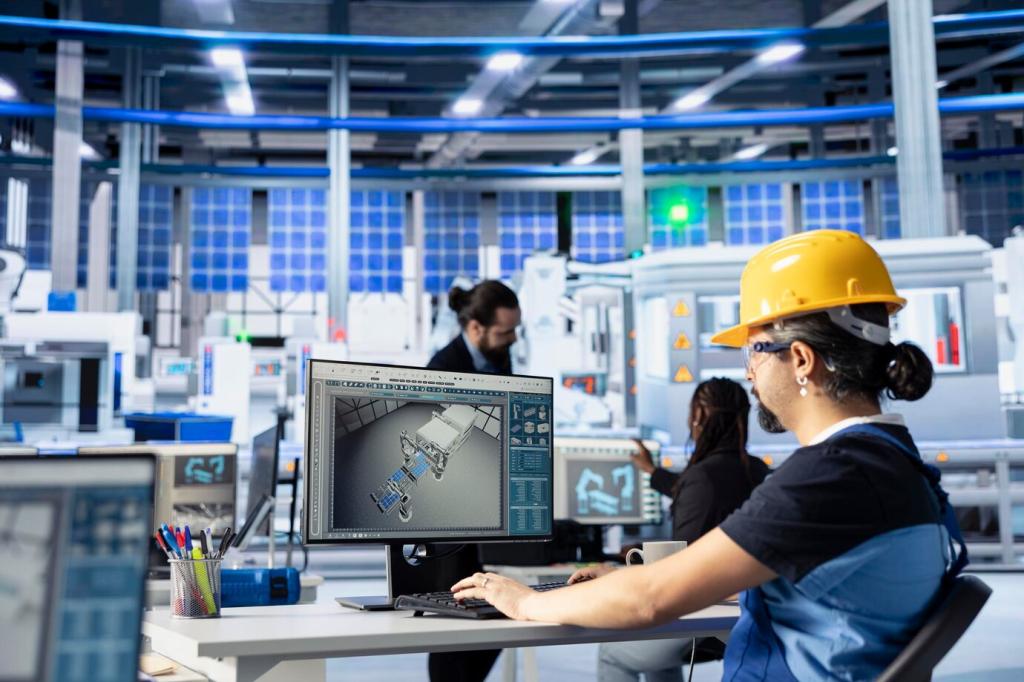Why the Future of Packaging Must Be Sustainable
Extended Producer Responsibility, plastic taxes, and recycled-content mandates are accelerating change. Companies that anticipate requirements, collaborate with municipalities, and pilot new formats now will capture shelf space and consumer trust later.
Why the Future of Packaging Must Be Sustainable
Shoppers increasingly scrutinize claims. Clear labeling, verifiable certifications, and honest trade-offs matter more than slogans. Invite readers to challenge assumptions, comment on materials they trust, and help refine responsible choices together.





